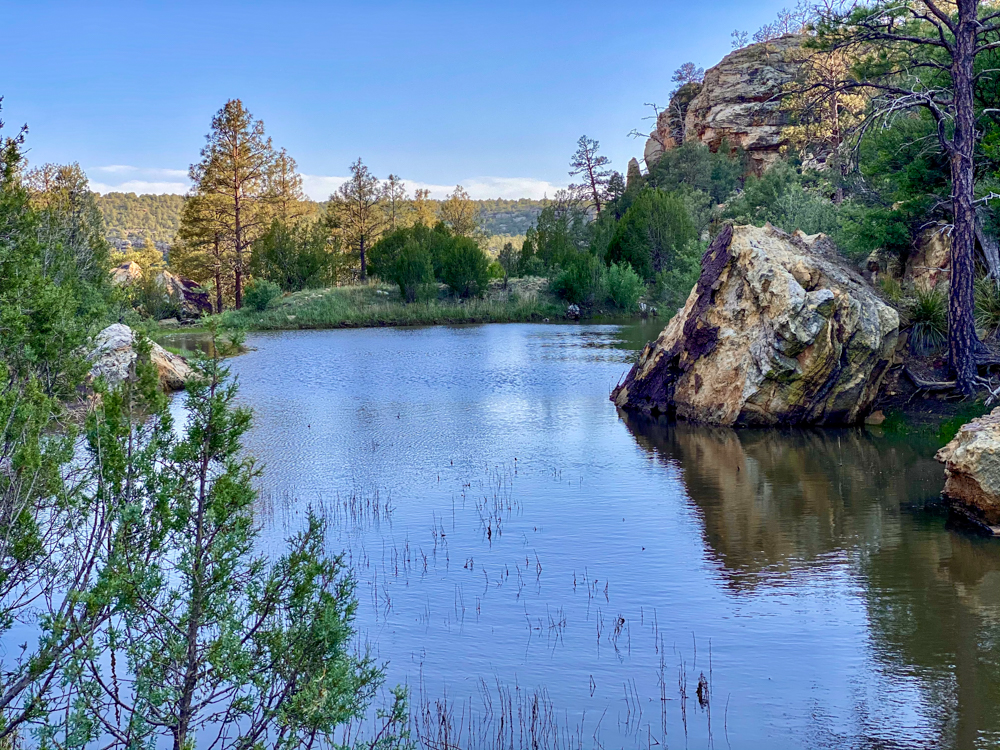BRG Blog
The Great American Outdoors Act – Good for Landowners?
Having sold hundreds of thousands of deeded acres and worked with a multitude of ranch owners over the years, we’ve learned that the vast majority would agree there is no better steward of lands than a private landowner. Private landowners across this great country have invested hundreds of millions of their own personal dollars to maintain and restore riparian areas and wildlife habitat on private lands and their public grazing allotments. These conservation efforts have created environments where game and wildlife are often managed better than with public wildlife agencies. Yet, it seems a growing contingency of public land advocates continue to attempt to paint private landowners in a negative light.
Along these lines, it seems that a large contingent of folks ranging from TV media personnel, to newspaper columnists, to real-estate bloggers are singing the praises of the newly passed Great American Outdoors Act (GAOA). Signed into law by President Trump on August 4, 2020 the GAOA has been widely applauded by federal land management agencies, environment focused non-profit organizations, and sportsmen associations as being an “unlikely bipartisan win” and “a conservationist’s dream.” So, what’s all the fuss about and is the GAOA really as great as it’s reported to be?
The Act itself is pretty simple – the final version of the bill is only seven pages long which is extremely short in comparison to typical federal legislation. The law has two primary components. The first is to provide $9.5 billion (over 5 years) to federal land management agencies, like the National Park Service, to be used to address their massive backlog of deferred maintenance. The other is to provide permanent funding, to the tune of $900 million annually, to the Land and Water Conservation Fund (LWCF). The money for both components is derived from energy development fees & royalties paid to the US by oil, gas, coal, & alternative energy companies operating on federal lands and water. This all sounds great on the surface. Use revenue from the depletion of one natural resource to restore another. Pretty great right? But what exactly is the LWCF? Stick with me here because we’re about to get way down in the weeds.
The LWCF is a federal program established by Congress in 1965, permanently reauthorized in 2019 by the omnibus lands bill John D. Dingell Jr. Conservation, Management, and Recreation Act, and permanently funded in 2020 by the GAOA. The primary purpose of the LWCF is to provide funding and matching grants to federal, state, and local governments for the acquisition of land and water for the benefit of the American public. The main emphasis of the LWCF is to acquire private lands and easements in an effort to promote public recreation and protect national treasures. Over the 50+ years since the LWCF was established the program has resulted in the development of big-name recreation areas such as Harpers Ferry in West Virginia, Big Sur in California, and the Greater Yellowstone Ecosystem in Montana. And while there’s no doubt these areas have increased public access to outdoor recreation the unintended impacts of increased public access has shown to also mean these areas are fraught with public overcrowding, an enormous amount of human abuse (i.e. litter, range damage, human waste, blatant disrespect of nature, etc…) and heavy restrictions to multiple use.
While the original purpose of the LWCF was to preserve outdoor recreation, over the years, environmental groups such as the Sierra Club and HSUS have transformed the acquisition process into a method of locking-up large acreages of formally private land in order to prohibit multiple uses such as grazing, logging, and hunting. In fact, LWCF funds have also been used in several highly controversial eminent domain private property seizures that were approved under the ambiguous guidelines of the Endangered Species Act.
In New Mexico alone nearly $40 million in LWCF funds have been spent over the past 50 years. Much of that money was used to benefit New Mexican citizens through the development of city parks, community swimming pools, ball parks, and state park improvements/maintenance. Efforts such as these are a welcome use of program funds and are great contributions to encouraging outdoor recreation. However, the LWCF also has a history of being used as a slush fund to provide additional leverage for land grabs.
As of today, the federal government owns nearly 1.5 billion acres of land and water; 45% of which is in the western United States. And if some US legislators have their way, that number will increase exponentially over the next decade. Senator Tom Udall (NM) was recently quoted as saying land acquisition is “a necessary step to stem the collapse of our natural systems.” This statement is false, generates unnecessary fear, and does nothing to further actual conservation efforts. Federal land management agencies continue to manipulate Forest and BLM management plans to the detriment of multiples uses, the Endangered Species Act is being increasingly exploited by agenda driven environmental groups, and extremist sportsman organizations continue to pressure government entities to provide unlimited public recreational access to both public and private lands. Landowners in every state should stay vigilant. There is real danger that laws such as the GAOA and LWCF will create a slippery slope for private property rights in the United States over the coming decades.
As noted in the opening paragraph, we know from experience that ranchers, farmers and private landowners are some of the best stewards and conservationists of land in the world. We visit private ranches which are tens of thousands of acres in size and see well managed habitats, healthy forests, robust ranges, clean waters and thriving wildlife. Often, as we leave these private ranches we cross into public lands which is degraded with off-road vehicle tracks, discarded cans and bottles, animal carcasses, abandoned camp sites and numerous other signs of misuse and abuse.
It’s important that the American public have access to outdoor recreation and the experiences offered by our forests, deserts and various public lands, but it’s all about a healthy balance. We also know it’s equally important that a large percentage of our precious lands stay in the care of private landowners who will manage and nurture the land on a daily basis ensuring the long-term health and conservation for generations to come. We applaud the components of the Great American Outdoors Act (GAOA) which funds the deferred maintenance and management of our existing national parks and outdoor spaces but simultaneously express concern over the components which seemingly aim to empower the purchase of private lands by the Federal and State Governments and the potential threats of forced easements and access through privately held properties.


